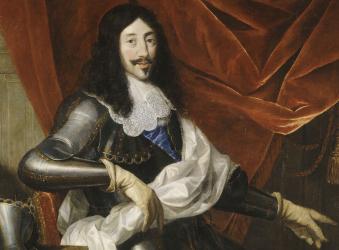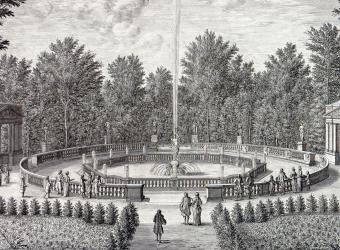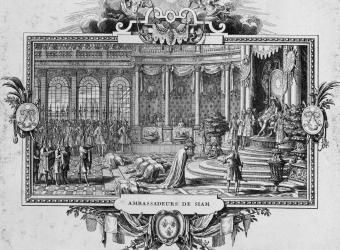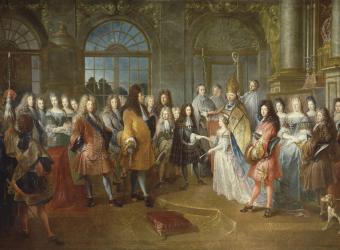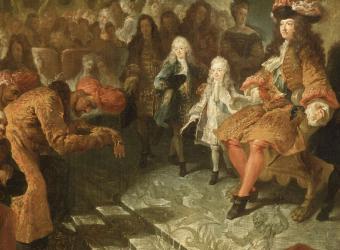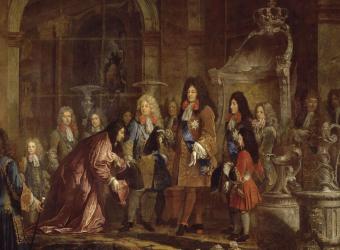The Duke of Anjou, Louis XIV’s second-eldest grandson, became Philip V of Spain in 1700. To the great displeasure of Austria, the Bourbon dynasty now sat on the Habsburgs' former throne. A new war with France was brewing.
The Duke of Anjou, King of Spain, 1700 12 November 1700
King Charles II of Spain was about to die without an heir. In his will, he had designated the Duke of Anjou, his great-nephew and Louis XIV's grandson, as his successor. The Sun King hesitated for a long time before accepting the decision in his brother-in-law’s will on 12 November 1700. Just three years after the War of the League of Augsburg, the king was worried about another war with Austria and its allies. Like Louis XIV, Emperor Leopold I also had a claim to the Spanish throne.
In 1666 Leopold had married the Infanta Margarita Teresa in an attempt to counter Louis XIV’s marriage in 1660 to Maria Theresa, Margarita’s elder sister and the daughter of the King of Spain from his second marriage. That Spanish king, Philippe IV, died in 1665, leaving a somewhat dubious successor in the form of Charles II, a malignant child suffering from epilepsy, also born from Philippe IV’s second marriage. The question of who would succeed Charles II was shrouded in speculation right up until his death on 1 November 1700, and the topic became a subject of diplomatic tension between the European powers. France and Austria both had legitimate claims to the Spanish throne. It was up to each power to choose their side.
The stakes were high. Besides the crown, Spain also had an empire on which the sun never set, as Charles Quint once said. In Europe, Spain's possessions included the kingdom of Naples and the Spanish Netherlands (an area taking in modern-day Belgium). The harmony of Europe was hanging on Charles II’s choice of successor. Emperor Leopold, a sworn enemy of Louis XIV, had no intention of surrendering his rights. After a long period of hesitation, Charles II finally decided, almost on his death-bed, in favour of the Duke of Anjou, and therefore the kingdom of France.
Aged 17 at the time, Philippe of France was the second son of the Grand Dauphin, son of Louis XIV, and his wife, Maria Anna Victoria of Bavaria. He was Spanish by his grandmother, queen Maria Theresa, and his great-grandmother, Anne of Austria. On 16 November 1700 Louis XIV officially presented the new King of Spain in the Hall of Mirrors. “What a fine thing, Sire!" cried the Spanish ambassador. "The Pyrenees are no more!” The King of France asked his son to be a good Spaniard, but to remember that he was born French and to maintain unity between the two nations. Sadly, it was not always to be the case. Philippe nevertheless remained his grandfather’s ally during the War of Succession sparked by Austria, as the Sun King had feared, in 1701.
On 29 January 1712 the congress of Utrecht began, during which the European diplomats intended to end the War of the Spanish Succession. Signed in 1713, the Treaty of Utrecht firmly established the Bourbon dynasty on the Spanish throne.




